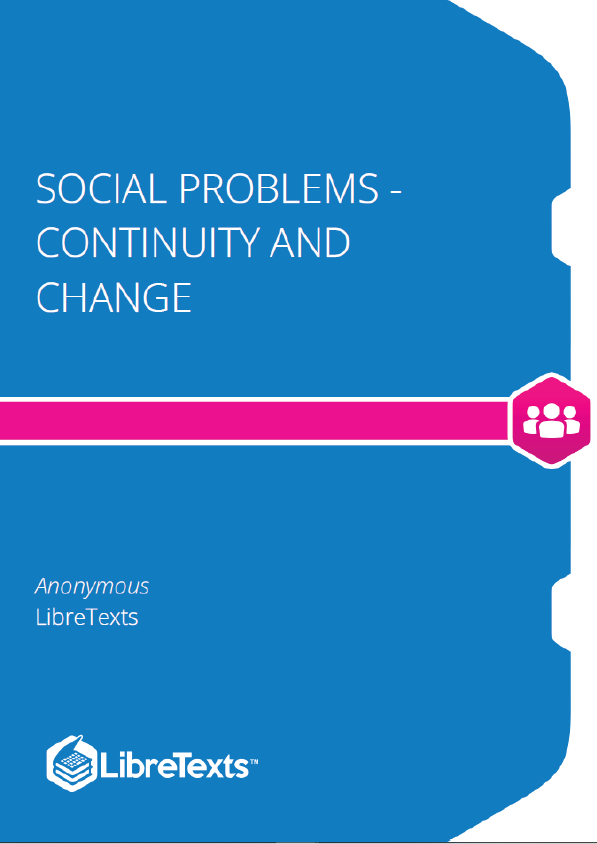Social Problems: Continuity and Change is a realistic but motivating look at the many issues that are facing our society today. As this book’s subtitle, Continuity and Change, implies, social problems are persistent, but they have also improved in the past and can be improved in the present and future, provided that our nation has the wisdom and will to address them.
A social problem is any condition or behavior that has negative consequences for large numbers of people and that is generally recognized as a condition or behavior that needs to be addressed. This definition has both an objective component and a subjective component. The objective component is this: For any condition or behavior to be considered a social problem, it must have negative consequences for large numbers of people, as each chapter of this book discusses. How do we know if a social problem has negative consequences? Reasonable people can and do disagree on whether such consequences exist and, if so, on their extent and seriousness, but ordinarily a body of data accumulates—from work by academic researchers, government agencies, and other sources—that strongly points to extensive and serious consequences. The reasons for these consequences are often hotly debated, and sometimes, as we shall see in certain chapters in this book, sometimes the very existence of these consequences is disputed. A current example is climate change: Although the overwhelming majority of climate scientists say that climate change (changes in the earth’s climate due to the buildup of greenhouse gases in the atmosphere) is real and serious, fewer than two-thirds of Americans (64 percent) in a 2011 poll said they “think that global warming is happening”(Leiserowitz, et. al., 2011).
This type of dispute points to the subjective component of the definition of social problems: There must be a perception that a condition or behavior needs to be addressed for it to be considered a social problem. This component lies at the heart of the social constructionist view of social problems (Rubington & Weinberg, 2010). In this view, many types of negative conditions and behaviors exist. Many of these are considered sufficiently negative to acquire the status of a social problem; some do not receive this consideration and thus do not become a social problem; and some become considered a social problem only if citizens, policymakers, or other parties call attention to the condition or behavior.
The sociological understanding of social problems rests heavily on the concept of the sociological imagination. We discuss this concept in some detail before turning to various theoretical perspectives that provide a further context for understanding social problems.
The Sociological Imagination
Many individuals experience one or more social problems personally. For example, many people are poor and unemployed, many are in poor health, and many have family problems, drink too much alcohol, or commit crime. When we hear about these individuals, it is easy to think that their problems are theirs alone, and that they and other individuals with the same problems are entirely to blame for their difficulties.











